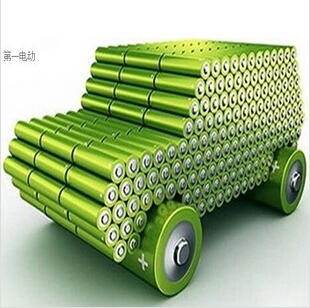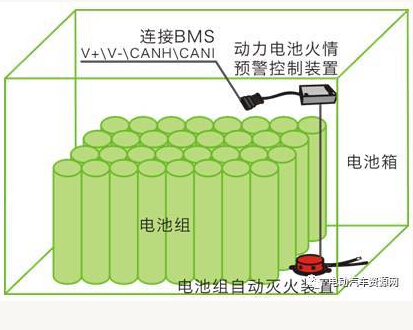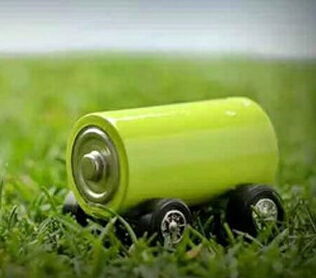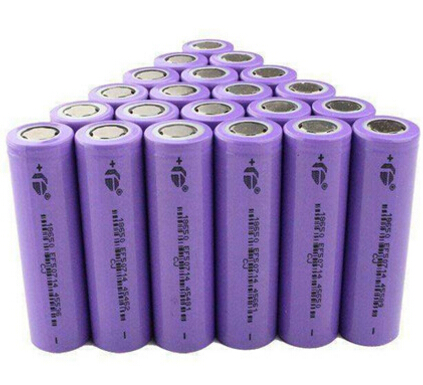High-nickel batteries, as the name suggests, are high-potential batteries for nickel in power batteries. At present, the main domestic models are NCM523, and now all power battery companies are actively deploying NCM811. What do these numbers mean? They represent the proportion of nickel, cobalt and manganese in the power battery, and the proportion of nickel in NCM811 is as high as 80%. High nickel means that the power battery has a higher energy density and a lower cobalt content. High-nickel batteries can simultaneously meet the two major demands of current power batteries, increase energy density and reduce material costs, and major power battery manufacturers will naturally actively deploy. However, high-nickel batteries have some inevitable technical problems on the road to mass production and commercialization.
The increase of nickel content in the ternary material can bring higher energy density, but the stability of the positive electrode material also decreases with the increase of nickel, which is mainly manifested by the capacity loss in cyclic charging and the accelerated acceleration of capacity in high temperature environment. The main factors causing capacity loss are cation mixing, stress-induced microcrack generation, introduction of impurities into the production process, redistribution of conductive carbon black, and so on. Among them, the most significant impact on the capacity acceleration attenuation is the cation mixing and stress-induced micro-cracks. The electric vehicle resource network will focus on analyzing these two factors.
Cathodic mixing: It means that the volume of divalent nickel ions is similar to that of lithium ions. When lithium ions are largely removed during discharge, the lithium intercalation ability changes due to external factors. During charge and discharge, the deintercalation lithium pressure in the surface of the positive electrode material is the largest and the speed is also the fastest, so the surface often changes the surface lattice due to the cation mixing, which is also called surface reconstruction.

The higher the nickel content, the greater the probability of cation mixing. There are several ways to reduce the cation mixing:
1. The lifting technique reduces the formation of divalent nickel ions and can fundamentally reduce the probability of cation mixing.
2. The magnesium ion is doped, the magnesium ion is similar in volume to the divalent nickel ion, and the magnesium ion preempts the vacancy left by Li earlier than the divalent nickel ion to prevent nickel ions from entering. Most importantly, magnesium ions do not directly participate in the charge and discharge process, and the structure remains stable after embedding.
3. The preparation technique is improved, the molar ratio of nickel to lithium in the raw material of the positive electrode material is adjusted, and the influence of the raw material on the cation mixing and discharging is reduced.
Microcrack generation: The volume of the high-nickel cathode material changes during charge and discharge, and the higher the nickel content, the larger the volume expansion ratio. The generation of microcracks is also affected by the magnitude of the potential at the time of charge and discharge cutoff. Therefore, the working voltage of the nickel-based layered oxide positive electrode should not exceed 4.1 V, thereby preventing the occurrence of irreversible phase transition and reducing internal stress. When the microcracks on the crystal and the crystal begin to separate, the grains of the high nickel cathode material will undergo a larger volume variable. In the process of volume circulation variation, there is a large probability that micro-cracks will occur inside the crystal grains, and the distance between the crystal grains will gradually increase, and the crystal grains may be separated from the positive electrode independently. More and more crystal faces and electrolytes are removed, which affects lithium ions and enhances the resistance of the diffusion on the electrodes, resulting in capacity loss during charging cycles.
The suppression of the formation of microcracks is mainly solved by weakening the phase transition tendency of the cell voltage. Currently, there are mainly the following methods:
1. Inhibiting the doping of magnesium ions in the cation mixing can reduce the generation of microcracks.
2. Optimized preparation technology, the high nickel positive electrode material is prepared into a two-phase composite material uniformly embedded in the Li2MnO3 structural unit, which can reduce the volume change.
Summary: Because nickel is cheaper than cobalt, the raw material cost of high-nickel batteries is relatively low, but the electric vehicle resource network believes that power battery companies want to mass produce and commercialize high-nickel batteries, but also need to overcome the above technical problems. Due to the existence of these problems, the production of high-nickel cathode materials is difficult, the cost of raw materials is lowered, and the production cost is increased. Therefore, the final cost of high-nickel batteries will not be greatly reduced. However, as far as the overall trend of the power battery industry is concerned, it is imperative to develop high-nickel batteries.
















 RCCN WeChat QrCode
RCCN WeChat QrCode Mobile WebSite
Mobile WebSite







